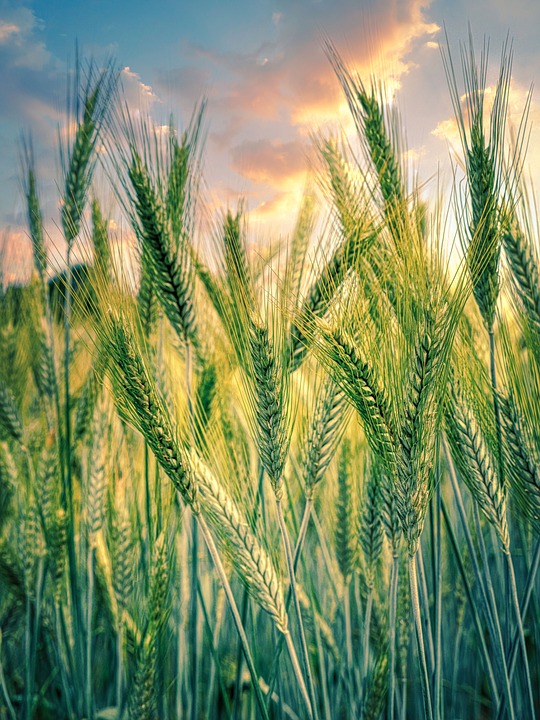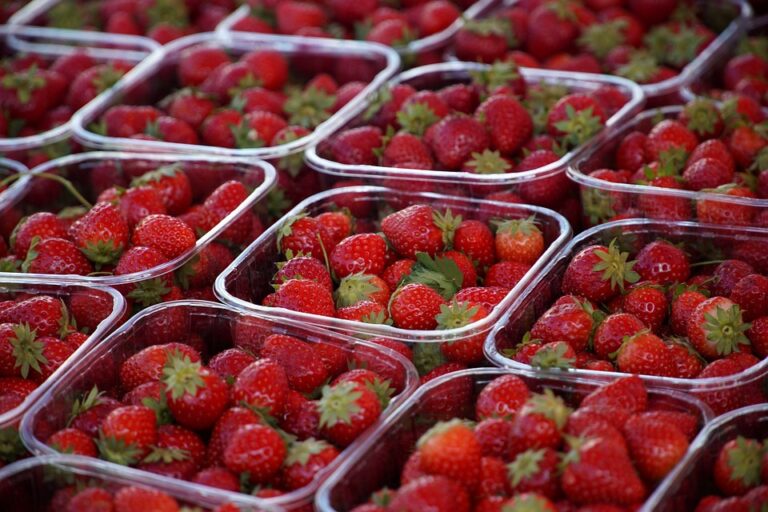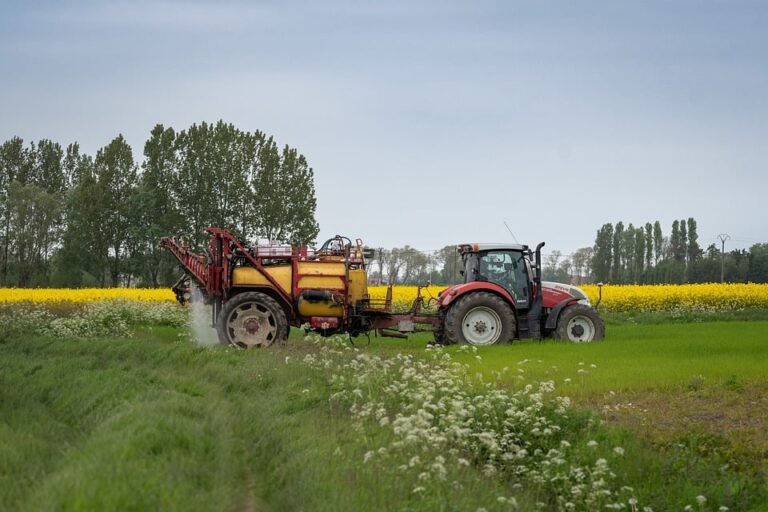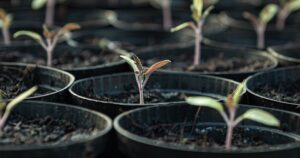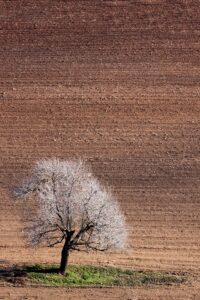Introduction
Rekshino is a small village in the countryside, where traditional farming practices have been an integral part of the community for generations. In this article, we will explore the role of these traditional practices in plowing and sowing in Rekshino, and how they contribute to the sustainability and productivity of the land.
Traditional Plowing Techniques
Plowing is a crucial step in preparing the land for sowing seeds. In Rekshino, traditional plowing techniques have been passed down from one generation to the next. One such technique is using wooden plows pulled by oxen. This method is not only environmentally friendly but also helps in maintaining the fertility of the soil.
Another traditional plowing technique in Rekshino is the use of hand tools such as hoes and shovels. Farmers in the village believe that using these tools allows them to have better control over the depth and direction of plowing, resulting in a more even distribution of seeds.
Benefits of Traditional Plowing Techniques
One of the key benefits of traditional plowing techniques in Rekshino is the conservation of soil quality. By avoiding the use of heavy machinery that can compact the soil, farmers are able to maintain the natural structure of the land and prevent erosion. This, in turn, helps in preserving the fertility of the soil for future generations.
Traditional plowing techniques also promote a connection between the farmers and the land. By working closely with the soil and using hand tools, farmers develop a deep understanding of the needs of the land and are able to make informed decisions about their farming practices.
Traditional Sowing Practices
Once the land has been plowed, the next step is sowing seeds. In Rekshino, traditional sowing practices involve the use of manual seed drills. These seed drills are simple tools made of wood or metal that allow farmers to sow seeds in a precise manner.
Another traditional sowing practice in Rekshino is the use of seed broadcasting. This method involves scattering seeds by hand across the plowed land. While this technique may seem labor-intensive, farmers in the village believe that it allows for a more even distribution of seeds and reduces the risk of overcrowding.
Benefits of Traditional Sowing Practices
Traditional sowing practices in Rekshino have several benefits, one of which is the cost-effectiveness. Manual seed drills and seed broadcasting require minimal investment in equipment, making them accessible to small-scale farmers in the village.
Traditional sowing practices also promote biodiversity in the fields. By allowing seeds to be sown in a natural manner, farmers in Rekshino encourage the growth of a wide variety of crops, which in turn helps in maintaining a balanced ecosystem.
Conclusion
The traditional practices of plowing and sowing in Rekshino play a crucial role in the sustainability and productivity of the land. By using environmentally friendly techniques and promoting a deep connection with the soil, farmers in the village are able to maintain the fertility of the land for future generations. These traditional practices not only benefit the farmers but also contribute to the preservation of the local ecosystem.

